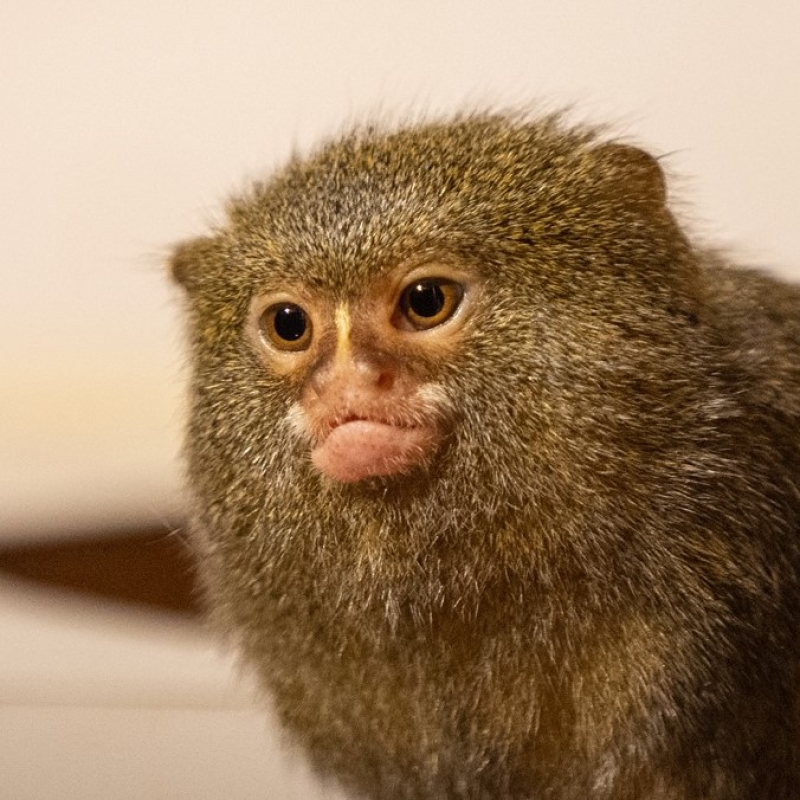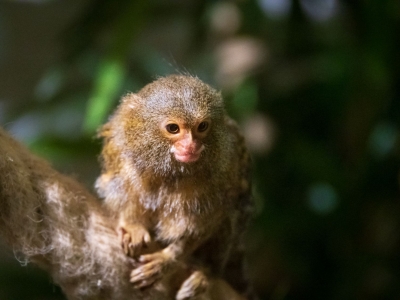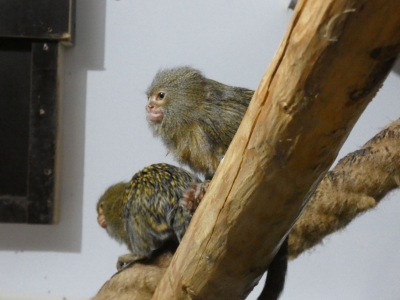Pygmy marmoset Callithrix pygmaea
Animals in our sanctuary
Ipek
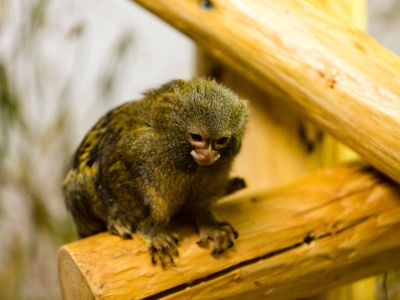
During a major rescue operation in France at the house of a private individual, Ipek was saved. The woman illegally kept different types of South American monkeys. She wanted to breed and sell illegally. The animals were in miserable situations: they had injuries, there was inbreeding and there were even dead animals!
Cüce
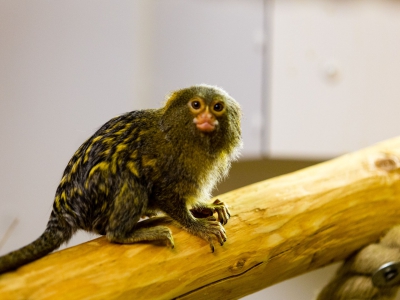
During a major rescue operation in France at the house of a private individual, Cüce was saved. The woman illegally kept different types of South American monkeys. She wanted to breed and sell illegally. The animals were in miserable situations: they had injuries, there was inbreeding and there were even dead animals!
Paway
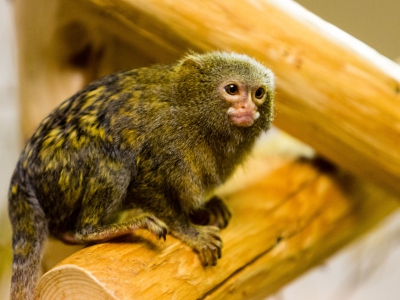
During a major rescue operation in France at the house of a private individual, Paway was saved. The woman illegally kept different types of South American monkeys. She wanted to breed and sell illegally. The animals were in miserable situations: they had injuries, there was inbreeding and there were even dead animals!
Simio
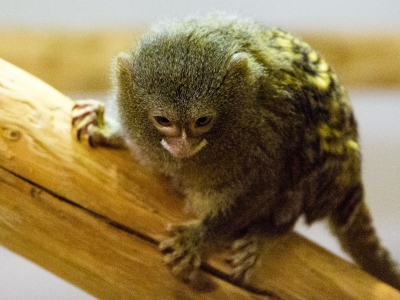
During a major rescue operation in France at the house of a private individual, Simio was saved. The woman illegally kept different types of South American monkeys. She wanted to breed and sell illegally. The animals were in miserable situations: they had injuries, there was inbreeding and there were even dead animals!
Namanya
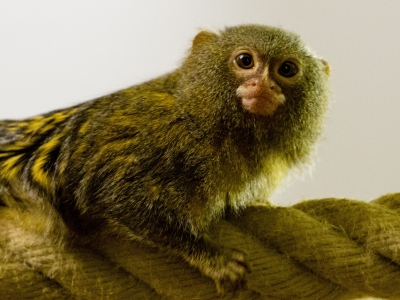
During a major rescue operation in France at the house of a private individual, Namanya was saved. The woman illegally kept different types of South American monkeys. She wanted to breed and sell illegally. The animals were in miserable situations: they had injuries, there was inbreeding and there were even dead animals!
Where does he feel most at home?
The pygmy marmoset lives in the rainforests of South America. He likes to live in the vicinity of rivers, in flooded forests, along the forest edges or on the edges of agricultural fields.
What's his favourite food?
They are, like other types of marmosets, a specialized gum-eater. Gum or resin and tree sap are reachable where the tree trunk is damaged, for example because insects have drilled holes. But the pygmy marmoset will gnaw on the trees as well. Because they like this unusual type of food, they can survive periods when there are few fruits.
Fun fact
The pygmy marmoset is the smallest monkey in the world. It easily fits into a human hand and the young are as small as a walnut.
They defend themselves by shouting loudly.



